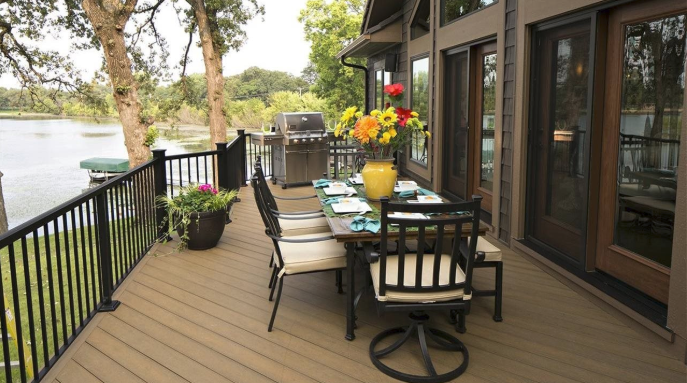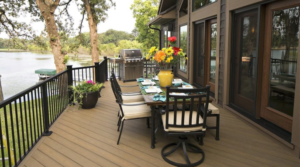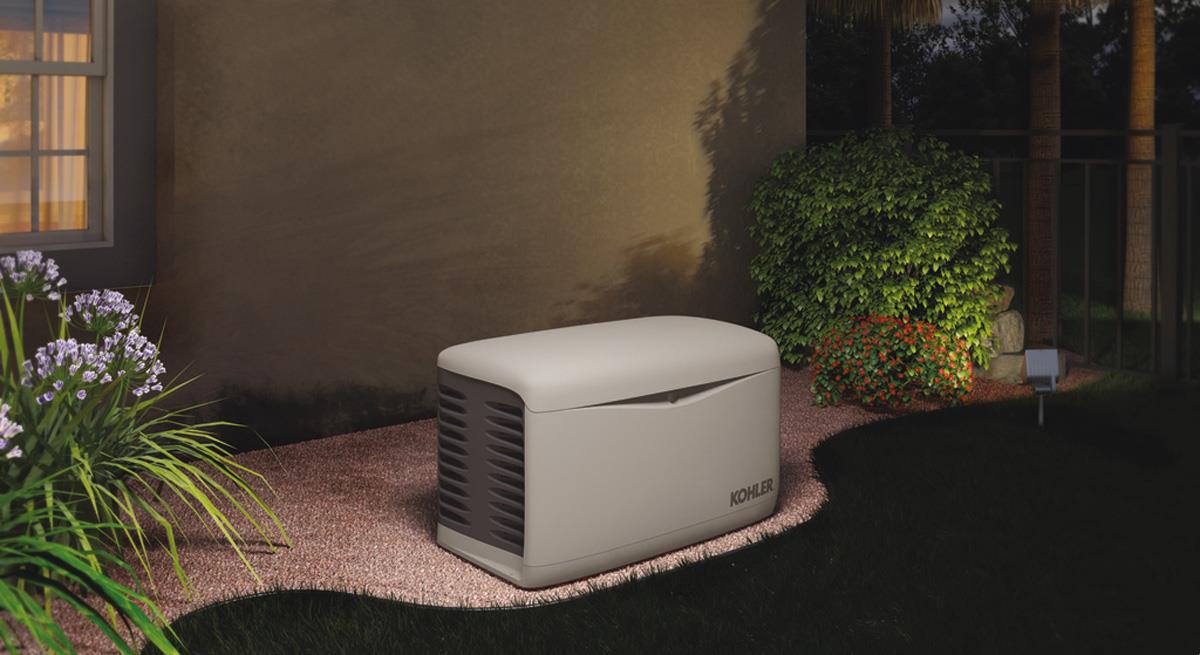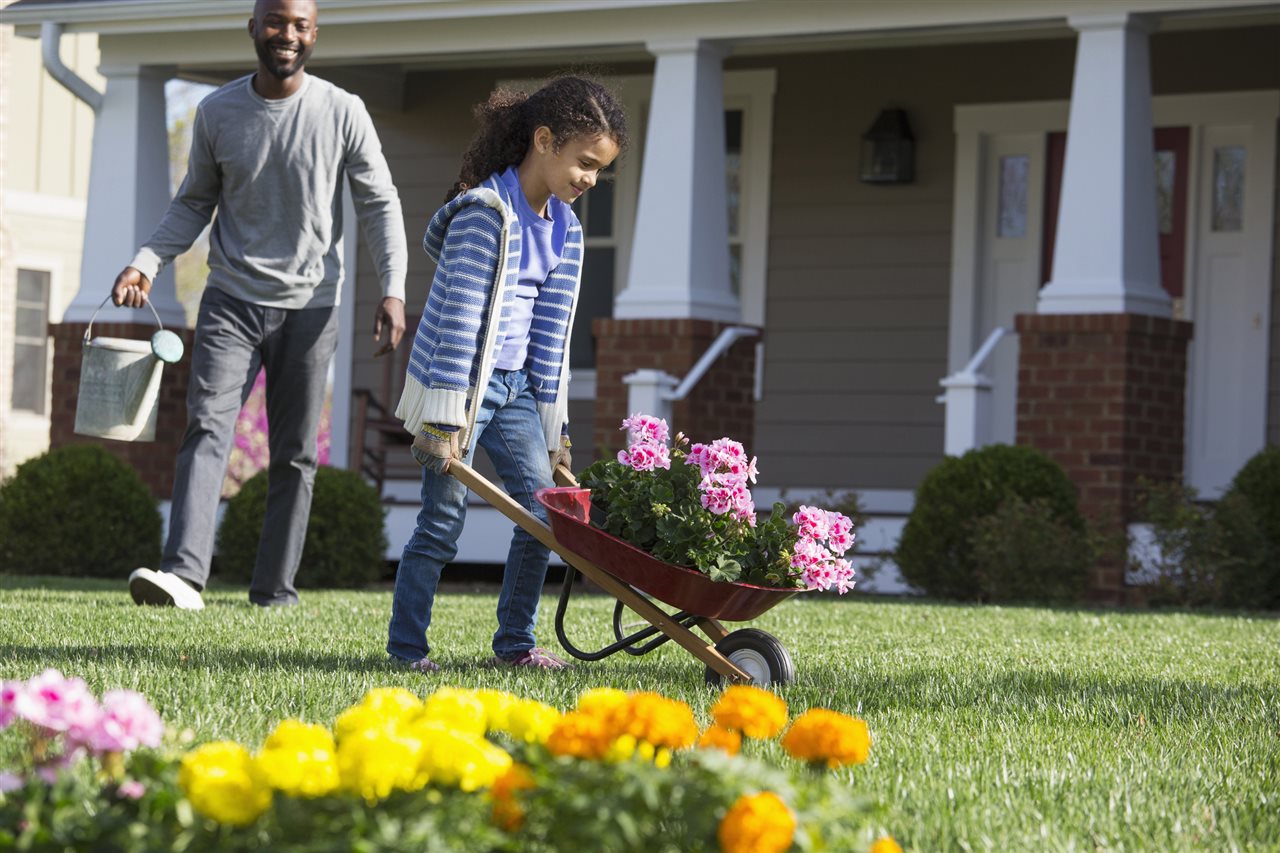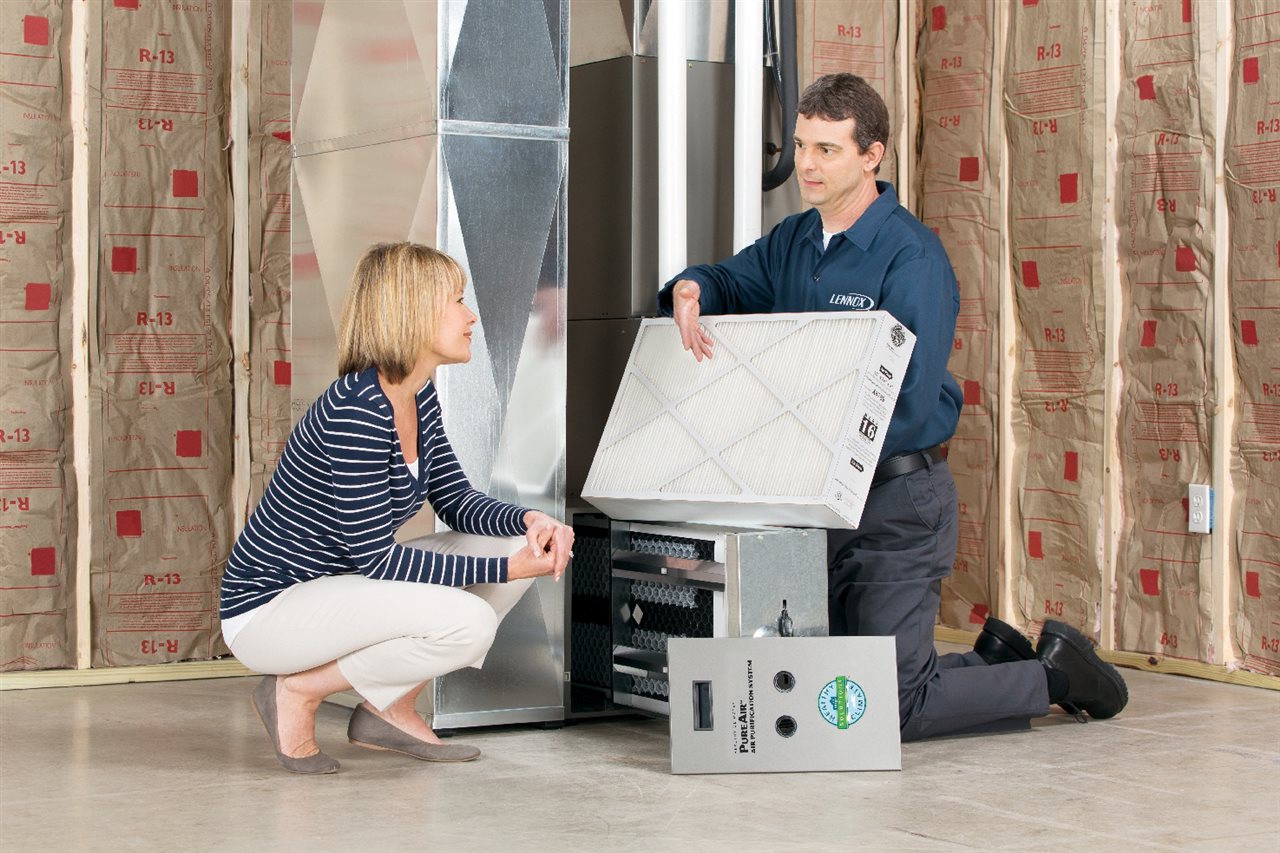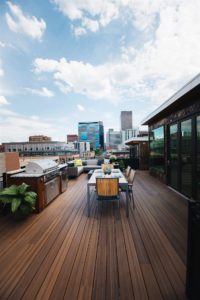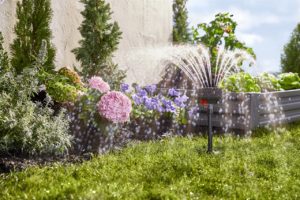 (BPT) – It’s summertime, and you’ll want to spend many sun-drenched hours in the great outdoors. But while nature is flourishing, it feels like you’re wasting too many precious summer afternoons and evenings doing chores in the yard and garden.
(BPT) – It’s summertime, and you’ll want to spend many sun-drenched hours in the great outdoors. But while nature is flourishing, it feels like you’re wasting too many precious summer afternoons and evenings doing chores in the yard and garden.
Give some of these labor-saving tips a try so you have more time for your favorite summer activities.
1. Get Organized
Nothing wastes time like having to search around for misplaced trowels, seed packets and garden rakes. It’s worth the time and effort to create a zone in your garage or shed that’s just for gardening and yard care tools. Use organizing tools like pegboards and re purposed containers to keep like items grouped together. A dollar-store photo album is perfect for keeping seed packets and plant care sticks organized for future use.
2. Harness Perennial Power
Instead of planting a new set of annual flowers and plants in the ground each spring, opt for more perennials. These hardy plants will leap back to life without needing much attention. Talk to the university extension office in your area or a local nursery to discover the beautiful blooms that thrive and renew in your region.
3. Lighten Your Container Pots
Larger container pots add color and dimension to any yard or patio. Trouble is, they can get heavy and hard to move. Before planting, fill the bottom half of the empty container with packing peanuts. Then, fit a piece of landscaping fabric on top. This lets the water drain through, but still barricades soil. Fill the rest of the container with soil, add the plants, and, voila! Your containers are now several pounds lighter and much easier to move.
4. Automate Your Watering
Watering your lawn and garden is not only physically taxing, it’s easy to forget. Between over-watering and under-watering, it can also be tough to get just right. Luckily, there’s a new generation of irrigation tools that let you customize and automate your watering schedule for the entire yard with a smartphone app.
The Gro 7-Zone Controller is an easy-to-install smart irrigation system that uses real-time weather data to tailor watering schedules to your lawn’s needs. Add Gro Water Sensors to container pots and gardens to measure the moisture content in your soil; when plants get thirsty, you get a smartphone alert. Finally, Gro precision watering kits feature one-time, easy installation for hands-free watering while delivering water precisely where and when plants need it most. Even if you’re on vacation or getting through a hot dry spell, these tools will greatly streamline your watering routine while keeping your turf lush and blooms beautiful.
5. Use “Instant” Lawn Fertilizer
Emptying the grass catcher wastes precious time when mowing the lawn. Save yourself some labor and simply let grass clippings fall right onto the turf. They break down relatively quickly, providing the perfect food for your lawn.
6. Win the War On Weeds
If unwanted weeds start surfacing in garden beds, try this easy, chemical-free fix. Start by placing newspaper and cardboard on top of the soil, leaving a little space around the stems of the garden plants. Then, cover the entire surface with a layer of mulch. This barrier blocks weeds from emerging at the surface and lets you cross that chore off your list for the rest of the season.
The summer season is all too brief. But with these tips, you can spend less time on chores and more time enjoying yourself outside!


